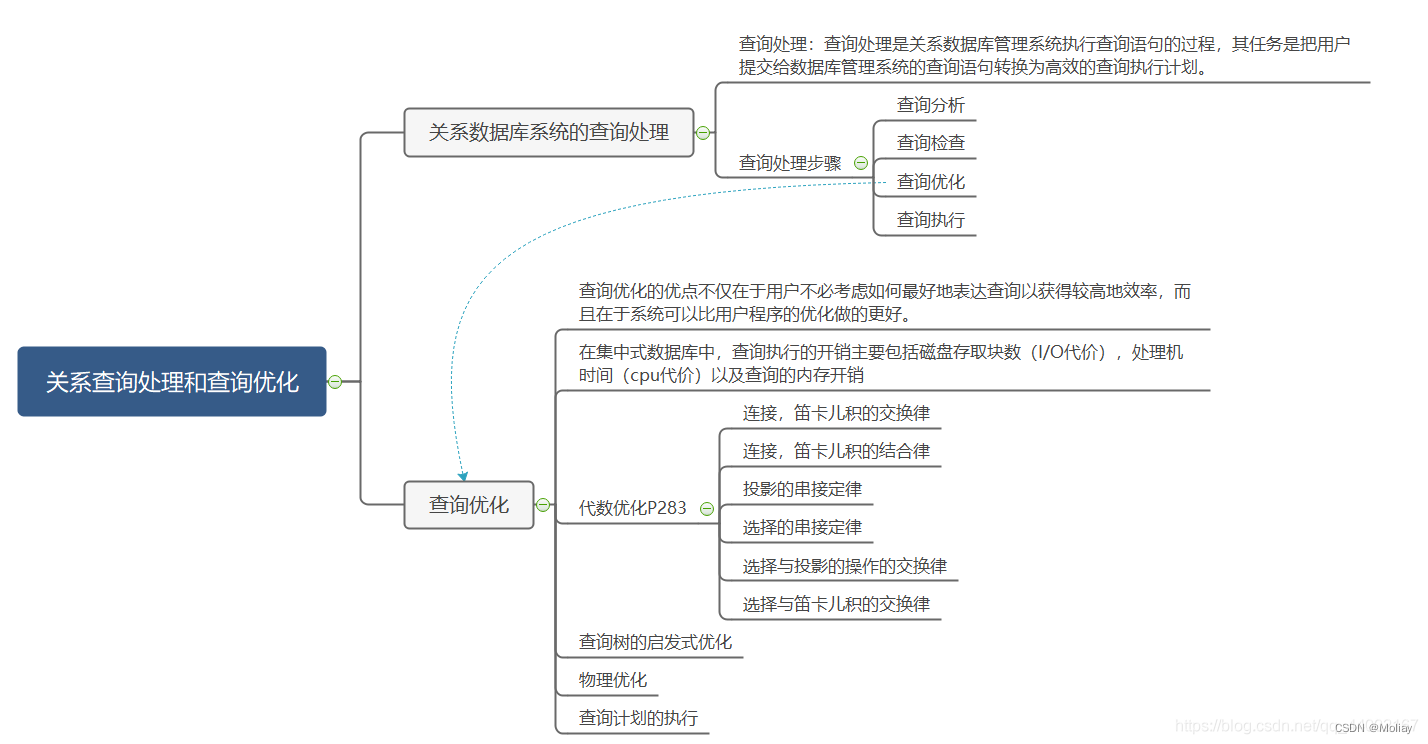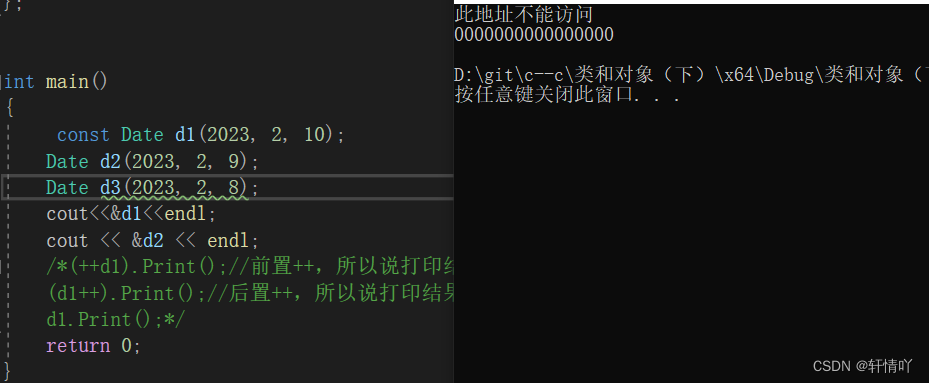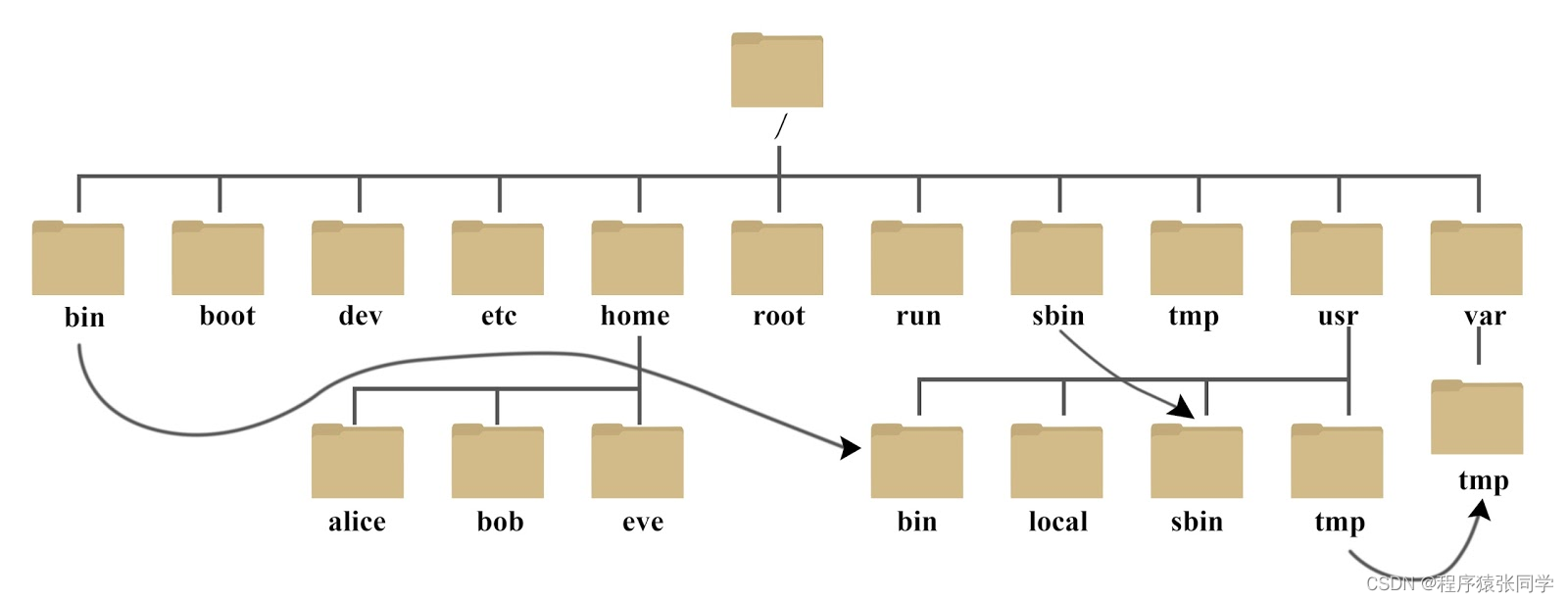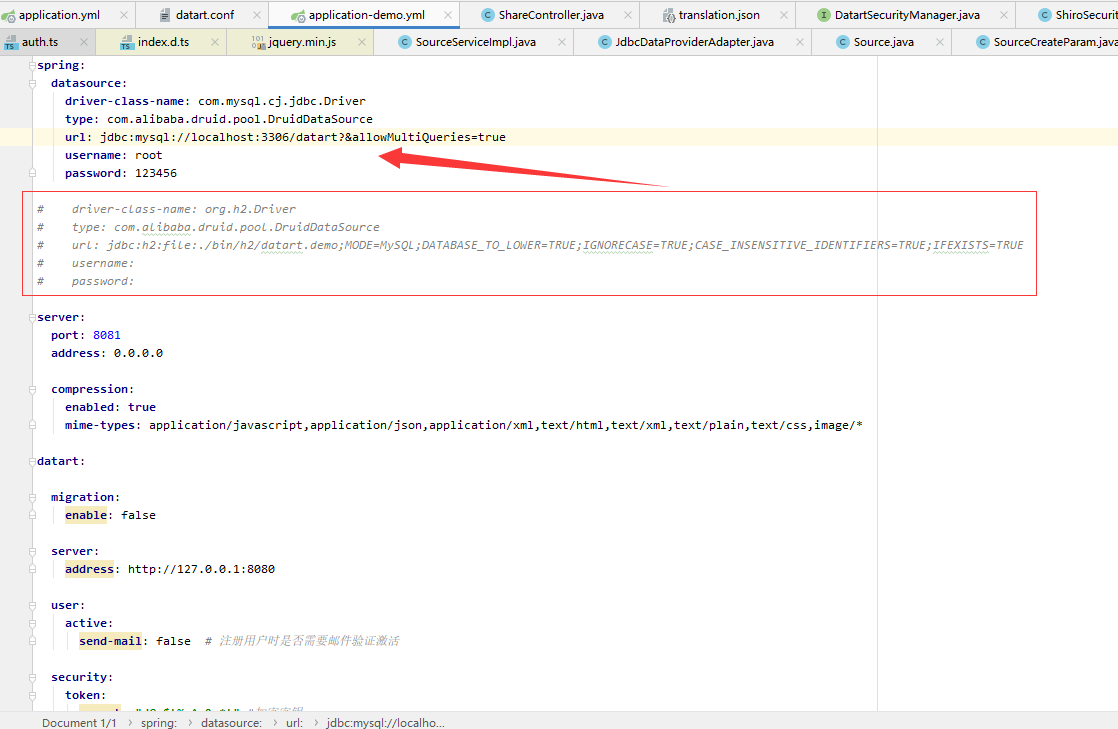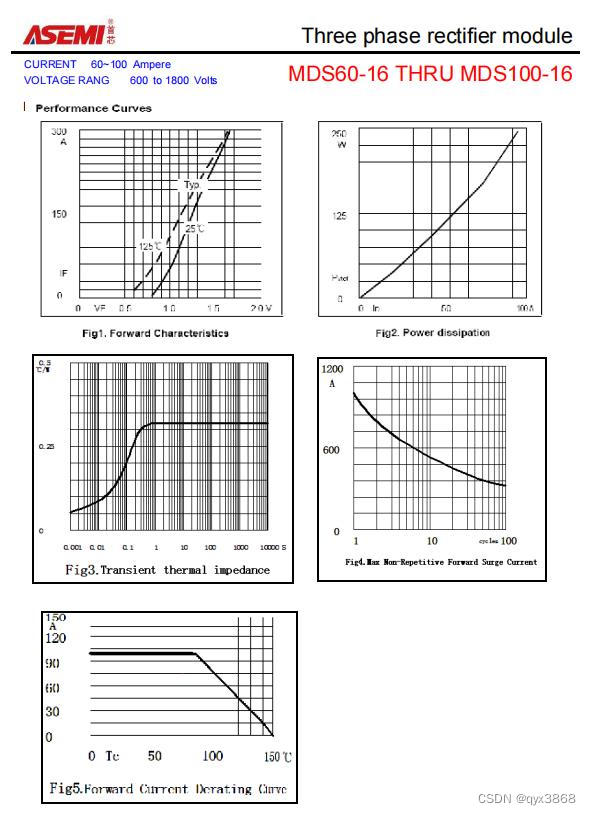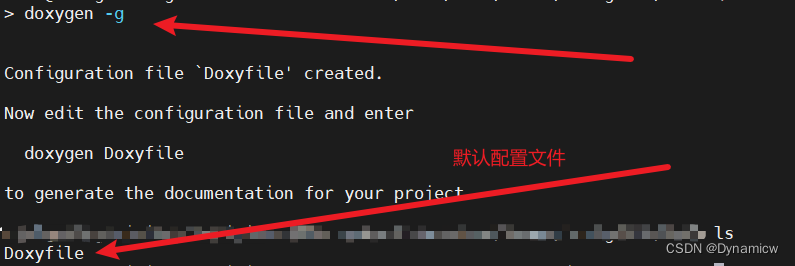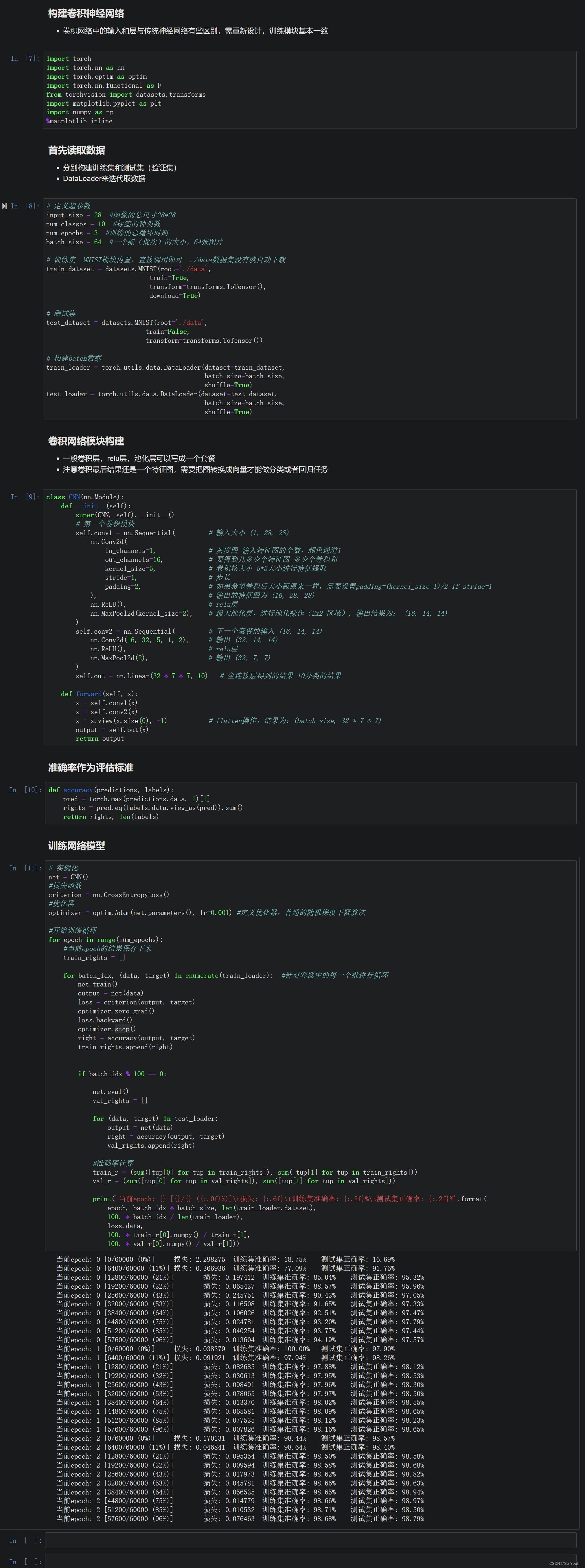栈与队列
- 1. 用栈实现队列
- [232. 用栈实现队列](https://leetcode.cn/problems/implement-queue-using-stacks/)
- 2. 用队列实现栈
- [225. 用队列实现栈](https://leetcode.cn/problems/implement-stack-using-queues/)
- 两个队列实现
- 一个队列实现
- 3. 有效括号
- [20. 有效的括号](https://leetcode.cn/problems/valid-parentheses/)
- 4. 删除字符串中所有相邻重复项
- [1047. 删除字符串中的所有相邻重复项](https://leetcode.cn/problems/remove-all-adjacent-duplicates-in-string/)
- 5. 逆波兰表达式求值
- [150. 逆波兰表达式求值](https://leetcode.cn/problems/evaluate-reverse-polish-notation/)
- 6. 前K个高频元素
- [347. 前 K 个高频元素](https://leetcode.cn/problems/top-k-frequent-elements/)
1. 用栈实现队列
232. 用栈实现队列
两个栈,一个用来输入,一个用来输出
- 先往输入栈中放,需要输出时,就将输入栈中所有元素放入输出栈(此时顺序会颠倒)
- 之后如果还需要输出时,先判断输出栈是否为空,不为空直接输出,为空需要将输入栈执行①操作
class MyQueue {
Stack<Integer> stackIn;
Stack<Integer> stackOut;
public MyQueue() {
stackIn = new Stack<>();
stackOut = new Stack<>();
}
public void push(int x) {
stackIn.push(x);
}
public int pop() {
dumpstackIn();
return stackOut.pop();
}
public int peek() {
dumpstackIn();
return stackOut.peek();
}
public boolean empty() {
return stackIn.isEmpty() && stackOut.isEmpty();
}
// 如果stackOut为空,那么将stackIn中的元素全部放到stackOut中
private void dumpstackIn(){
if (!stackOut.isEmpty()) return;
while (!stackIn.isEmpty()){
stackOut.push(stackIn.pop());
}
}
}
/**
* Your MyQueue object will be instantiated and called as such:
* MyQueue obj = new MyQueue();
* obj.push(x);
* int param_2 = obj.pop();
* int param_3 = obj.peek();
* boolean param_4 = obj.empty();
*/
2. 用队列实现栈
225. 用队列实现栈
两个队列实现
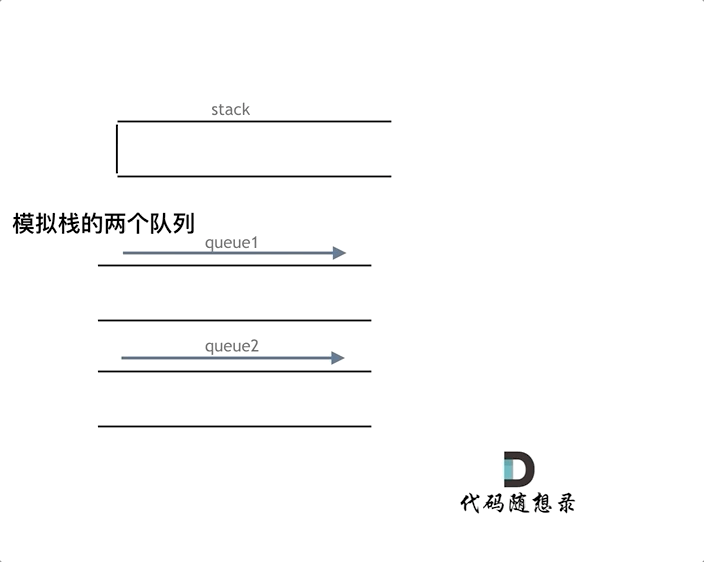
class MyStack {
LinkedList<Integer> queue1;
LinkedList<Integer> queue2;
public MyStack() {
queue1 = new LinkedList<>();
queue2 = new LinkedList<>();
}
public void push(int x) {
queue1.offer(x);
}
public int pop() {
//把除了最后一个元素,其他都拿去queue2
while(queue1.size() > 1){
queue2.offer(queue1.poll());
}
//交换,让元素保持在queue1中
LinkedList<Integer> temp = queue1;
queue1 = queue2;
queue2 = temp;
return queue2.poll();
}
public int top() {
//把除了最后一个元素,其他都拿去queue2
while(queue1.size() > 1){
queue2.offer(queue1.poll());
}
int res = queue1.peek();
//最后一个也放过去
queue2.offer(queue1.poll());
//交换,让元素保持在queue1中
LinkedList<Integer> temp = queue1;
queue1 = queue2;
queue2 = temp;
return res;
}
public boolean empty() {
return queue1.isEmpty() && queue2.isEmpty();
}
}
/**
* Your MyStack object will be instantiated and called as such:
* MyStack obj = new MyStack();
* obj.push(x);
* int param_2 = obj.pop();
* int param_3 = obj.top();
* boolean param_4 = obj.empty();
*/
一个队列实现
一个队列在模拟栈弹出元素的时候只要将队列头部的元素(除了最后一个元素外) 重新添加到队列尾部,此时再去弹出元素就是栈的顺序了。
class MyStack {
LinkedList<Integer> queue;
public MyStack() {
queue = new LinkedList<>();
}
public void push(int x) {
queue.offer(x);
}
public int pop() {
int length = queue.size();
for(int i = 0; i < length - 1; i++){
queue.offer(queue.poll());
}
return queue.poll();
}
public int top() {
int length = queue.size();
for(int i = 0; i < length - 1; i++){
queue.offer(queue.poll());
}
int res = queue.peek();
queue.offer(queue.poll());
return res;
}
public boolean empty() {
return queue.isEmpty();
}
}
/**
* Your MyStack object will be instantiated and called as such:
* MyStack obj = new MyStack();
* obj.push(x);
* int param_2 = obj.pop();
* int param_3 = obj.top();
* boolean param_4 = obj.empty();
*/
3. 有效括号
20. 有效的括号
方便起见,可以在存入字符的时候,存入对应的字符比如( 存入 )这样就能直接比对了
class Solution {
public boolean isValid(String s) {
char[] b = s.toCharArray();
Stack<Character> stack = new Stack<>();
for(int i = 0; i < b.length; i++){
if(b[i] == '(') {
stack.push(')');
}else if(b[i] == '{'){
stack.push('}');
}else if(b[i] == '['){
stack.push(']');
}else{
//没有左边,出现右边
if(stack.isEmpty()) return false;
if(stack.peek() == b[i]){
stack.pop();
}else{
//不匹配
return false;
}
}
}
return stack.isEmpty() ? true : false;
}
}
4. 删除字符串中所有相邻重复项
1047. 删除字符串中的所有相邻重复项
每次取出栈顶元素进行比较即可
最终倒叙输出栈
class Solution {
public String removeDuplicates(String s) {
char[] c = s.toCharArray();
Stack<Character> stack = new Stack<>();
StringBuilder sb = new StringBuilder();
for(int i = 0; i < c.length; i++){
if(stack.size() == 0){
stack.push(c[i]);
continue;
}
if(stack.peek() == c[i]){
stack.pop();
}else{
stack.push(c[i]);
}
}
int sum = stack.size();
for(int i = 0; i < sum; i++){
sb.append(stack.pop());
}
sb.reverse();
return sb.toString();
}
}
5. 逆波兰表达式求值
150. 逆波兰表达式求值
class Solution {
public int evalRPN(String[] tokens) {
int n = tokens.length;
Stack<String> stack = new Stack<>();
for(int i = 0; i < n; i++){
if(!isSymbol(tokens[i])){
stack.push(tokens[i]);
}else{
int p2 = Integer.valueOf(stack.pop());
int p1 = Integer.valueOf(stack.pop());
if(tokens[i].equals("+")){
stack.push(String.valueOf(p1 + p2));
}else if(tokens[i].equals("-")){
stack.push(String.valueOf(p1 - p2));
}else if(tokens[i].equals("*")){
stack.push(String.valueOf(p1 * p2));
}else if(tokens[i].equals("/")){
stack.push(String.valueOf(p1 / p2));
}
}
}
return Integer.valueOf(stack.peek());
}
//判断是否为符号
public boolean isSymbol(String s){
return s.equals("+") || s.equals("-") || s.equals("*") || s.equals("/");
}
}
6. 前K个高频元素
347. 前 K 个高频元素
- 先使用hashmap获取每个元素出现的个数
- 存取优先队列中(堆)完成排序
- 取出前k个
注意在把entry这种二元组存入别的集合时,如果两个都为相同数据结构如int
可以直接使用int数组来存储
class Solution {
public int[] topKFrequent(int[] nums, int k) {
//得到每个元素的个数
HashMap<Integer, Integer> map = new HashMap<>();
for(int i : nums){
map.put(i, map.getOrDefault(i, 0) + 1);
}
//使用堆排序,倒序
PriorityQueue<int[]> queue = new PriorityQueue<>((a,b)->b[1] - a[1]);
for (Integer i : map.keySet()) {
queue.offer(new int[]{i, map.get(i)});
}
int[] res = new int[k];
for(int i = 0; i < k; i++){
res[i] = queue.poll()[0];
}
return res;
}
}



